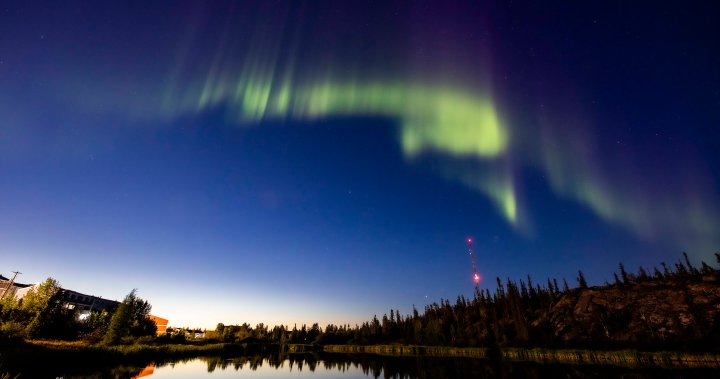A Canadian is among three climbers missing after they’d planned to climb New Zealand’s highest peak.
A news release from the New Zealand Police says two Americans, Kurt Blair, 56, and Carlos Romero, 50, and the unnamed Canadian flew into Plateau Hut on Saturday morning and planned to summit Aoraki, also known as Mount Cook.
But the release says they didn’t meet their planned flight out on Monday morning, and were reported overdue.
It says searchers located several climbing-related items which are believed to have belonged to the three men.

Get breaking National news
For news impacting Canada and around the world, sign up for breaking news alerts delivered directly to you when they happen.
Police say the name and any further information about the Canadian won’t be provided until they’re sure family notifications have been carried out.
The release says weather conditions will likely prevent further searching until Thursday, but that police will continue to monitor and assess the conditions.
“Police have been working with the U.S. and Canadian embassies to inform and support the families of the three men,” Inspector Vicki Walker, Aoraki Area Commander, said in the release.
Blair, from Colorado and Romero, of California — are certified alpine guides, according to the website of the American Mountain Guides Association.
Aoraki is 3,724 meters high and is part of the Southern Alps, the scenic and icy mountain range that runs the length of New Zealand’s South Island. A settlement of the same name at its base is a destination for domestic and foreign tourists.
The peak is popular among experienced climbers. Its terrain is technically difficult due to crevasses, avalanche risk, changeable weather and glacier movement.
More than 240 deaths have been recorded on the mountain and in the surrounding national park since the start of the 20th century.
— With files from AP
© 2024 The Canadian Press





